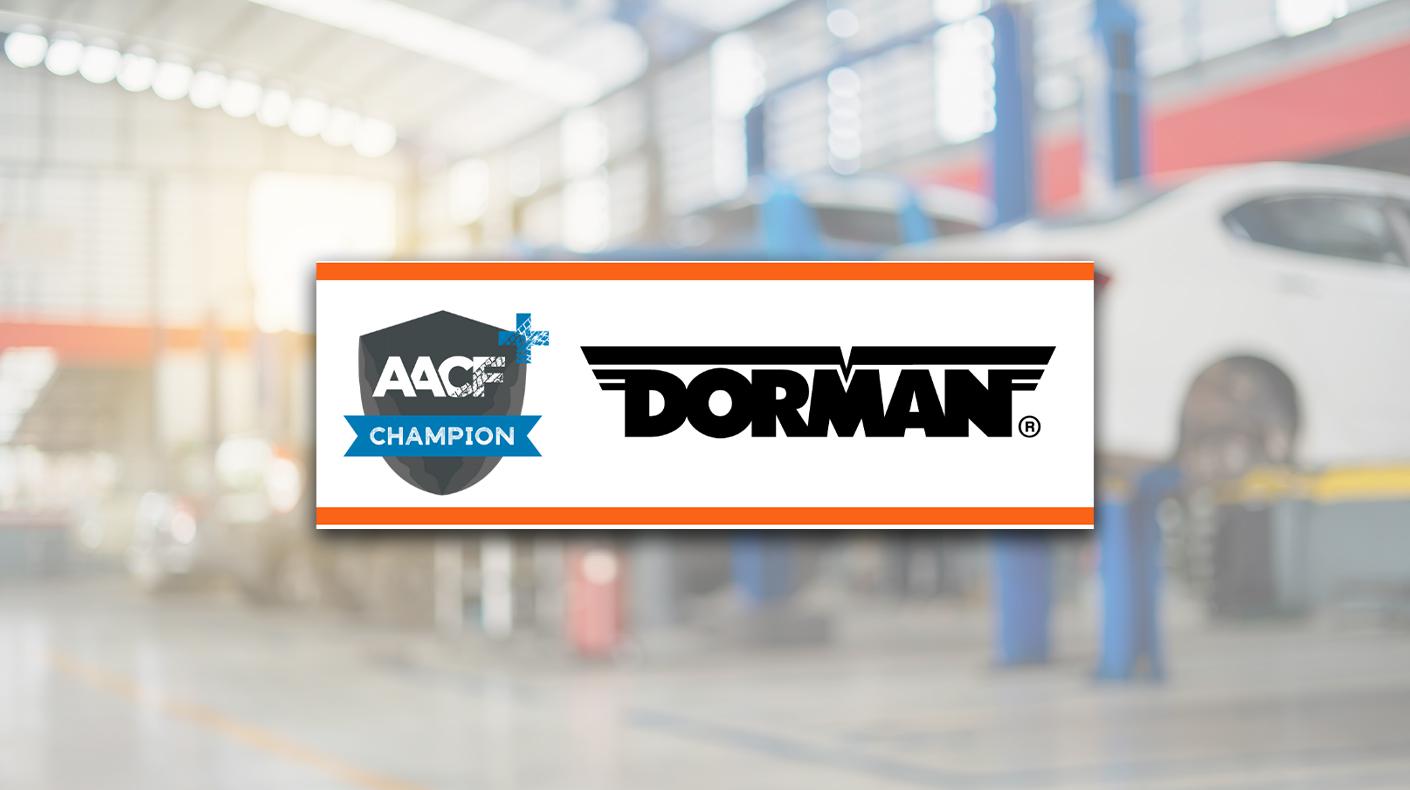The latest Performance Parts and Accessories Demand Index (PADI) for May dropped to a reading of 46, a 10-point decline from April’s reading and a 31-point decline from May 2007. Currently, a total of 12%, or 12 million households, indicate plans to purchase specialty equipment over the next three months.
The charts below show both the index values (black line, values on the left of graph) as well as the percent of consumers indicating that they plan to purchase specialty equipment in the next three months (blue-dashed line, values on the right of graph).

Despite a slight uptick in consumer sentiment regarding the economy, according to Technometrica’s TIPP Economic Optimism Index, consumers are feeling less confident about purchasing performance parts and accessories for their vehicles. Tax rebate checks have left many Americans feeling slightly more optimistic about their finances in April, but many consumers are either saving their money or paying bills with their rebate check. As a consequence, specialty-equipment purchase plans did not increase with consumer economic optimism.

Approximately 7% of consumers surveyed plan to purchase wheel, tire and suspension products within the next three months, representing an index value of 35. The index value for this product category has remained flat over the last two months, but dropped 53% compared to May 2007.

In addition to wheel, tire and suspension product purchase plans, the same percentage of consumers (7%, index of 79) also plan to purchase racing and performance products, a 9% decrease from May 2007. This represents a 7% increase over last month, however, it is also an indication that more consumers may be thinking about gas-saving performance products, such as high-flow air filters, for their vehicles.

While the racing and performance product segment may experience a slight resurgence, consumers are less inclined to purchase appearance and accessory products over the next three months. Approximately 6% (index of 71) of consumers surveyed plan to purchase products from this market segment in the near future. This represents a 30% drop compared to the percent of consumers that planned to purchase accessory and appearance products in May 2007.

Over the last three months, on average, pickups were the most common target vehicles for enhancement or modification (28%), followed by compact cars (16%), fullsize cars (15%) and midsize cars (14%).
On average, the Internet was the most popular purchase destination among those planning to enhance their vehicles over the last three months (20%), followed by independent parts stores (18%), car dealerships (16%) and chain auto parts stores (11%).
When specialty-equipment buyers were asked what form their vehicle would take after customization, the most common answer was “general personalization” (44%), followed by “restoration” (20%), “hot rod” (14%), “off-road” (10%) and “street performance” (6%).
Methodology
Although similar to economic indexes, the index SEMA has been working on is not designed to report past activity, but rather consumers’ expectations of future purchases from our industry.
The Indices track consumers’ plans to purchase performance parts and/or accessories within the next three months after each respective survey. This will help provide a rough forecast for demand of specialty equipment in the near future.
The SEMA PADI, and each of the three sub-indices, is a weighted composite index computed relative to its own baseline value, calculated by taking an average of January through March 2007 raw percentages. This average is then set to 100, and each month’s index is computed relative to the change from its baseline.
The indices and their movements are projectable to the national market for specialty-equipment products, which consists of over 114 million U.S. households.
SEMA has contracted with TechnoMetrica to gather the data used in building and maintaining the SEMA Performance Parts and Accessories Demand Index (PADI). Each month TechnoMetrica uses a Random Digit Dial (RDD) telephone survey to collect the survey data in order to provide a nationally representative sample of U.S. consumers. Typically, the responses total between 850 and 1,000 in any given month. The margin of error is normally within the plus or minus 3%–4% range.
Although the PADI is not a precise measure of absolute future purchasing activity, it is nonetheless a tool for understanding and predicting industry sales. There are two ways of interpreting the PADI. First is its "direction," whether the index is rising or falling. Second, the values themselves provide a guide as to the degree of change in consumer expectations for purchasing industry products.
For more original SEMA market research, visit www.sema.org/research.





